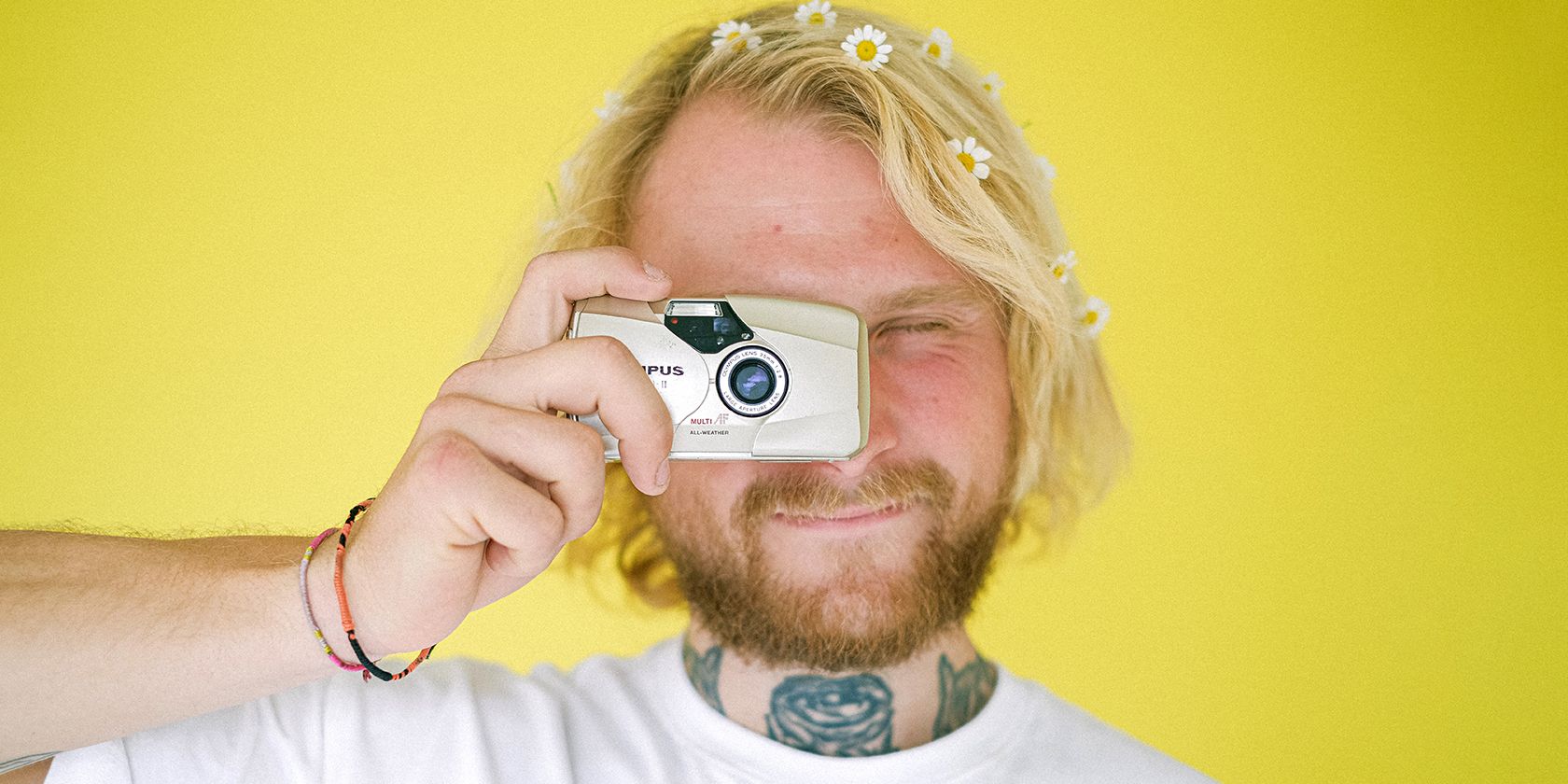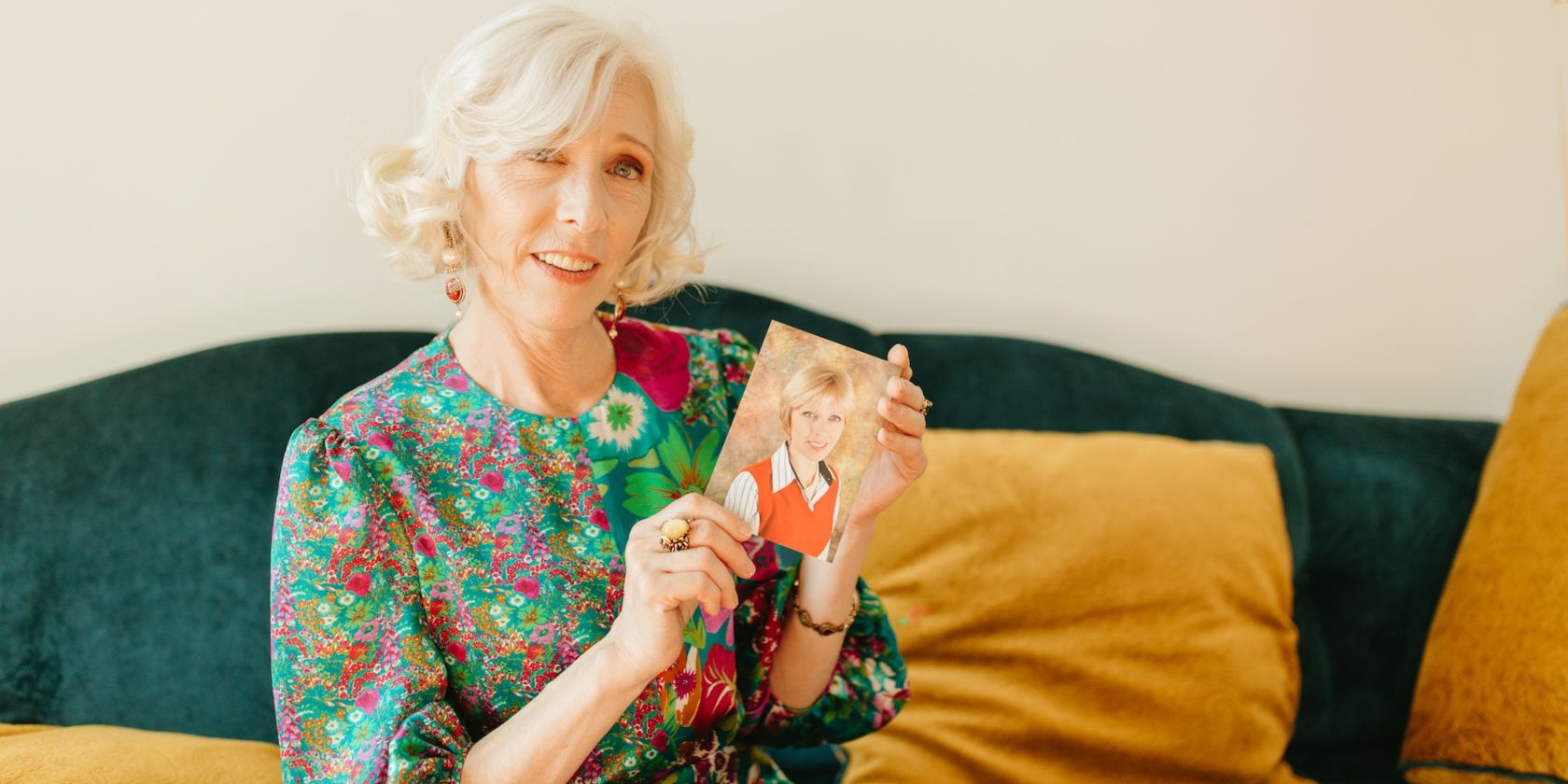With the latest generation of phones, we're used to having images automatically sharpened, upscaled, and otherwise polished to perfection by machine learning models and on-device neural nets.
Older photos or those taken without advanced hardware have suffered in comparison. Upscayl runs on your Linux machine and uses AI models to sharpen and upscale low-resolution images into ultra HD.
Why Do Old Photos Look So Bad Now?
Camera technology has advanced immensely in the two centuries since the first heliographic engravings, and older images usually don't compare well with photos taken on the latest iPhone.
Most images in 2023 are digital and are viewed on screens where you can zoom in on the tiniest details. In analog photos scanned at even the highest settings available 20 years ago, the details can be unclear, and the pixel count is still lower than those taken by even some budget smartphones.
It's even worse with digital photos from the early 2000s. Those beautiful sunsets and wedding photos may have looked fabulous when 800x600 was the pinnacle of screen resolution, but today, they barely cover a corner of your 4k gaming monitor.
Zooming in or resizing renders the image ugly, and exposes compression artifacts that you don't want to see.
Upscayl Makes Your Old Pictures Look Fantastic
Fortunately, the same kind of machine learning and image enhancement carried out by high-end phones, can be carried out on your Linux PC.
Upscayl takes any JPG, PNG, or WEBP image as input, and allows you to select from a variety of upscaling options. The resulting images are suitable for use as glorious desktop backgrounds, and you can even batch-process multiple image files, bringing entire photo albums up to date, and looking good.
Install and Use Upscayl on Your Linux PC
To ensure compatibility with most Linux systems, Upscayl developers have packaged the software as an AppImage, and you can use the wget tool to retrieve it.
wget -o upscayl https://github.com/upscayl/upscayl/releases/download/v2.0.1/upscayl-2.0.1-linux.AppImage
You can also download the latest version manually from the project's GitHub Releases page.
Download: Upscayl
The download is over 300MB and may take a while. When it completes, make the file executable with:
sudo chmod +x upscayl
You can now use Upscayl by typing:
upscayl
...into your terminal, or install the AppImage to your system menu with a utility such as AppImageLauncher.
The first thing to do is select the image you want to upscale, so click Select Image to open your distro's file manager. If you want to upscale multiple images, click on the Batch Upscale toggle switch, then click on Select Folder. Make sure the folder only contains JPG, PNG, or WEBP images.
Next, select the upscale model you would like to use. In addition to the different ML models, you can also have Upscayl render the image as digital art, or sharpen the image.
If you want the photo to be really large, you can check the Double Upscale box.
Next, click on the Set Output Folder, to choose where you want the resulting image to be saved. Finally, hit the Upscayl button. The upscaling process is very intensive, and you can expect to hear your fans spin up, and your processor use to spike.
In our test, carried out on a machine with an Intel i5-10500, 16GB of RAM, and an NVIDIA RTX 3060, upscaling an 800x579 image to 6400x4632 took a full 38 seconds—although the results are good enough to be shown on an IMAX screen. Faces are de-blurred, details become crisp, and there are no artifacts in sight.
If you plan on upscaling an entire photo archive containing hundreds or thousands of images, it would be wise to make sure you can live without your computer for a couple of days.
Store Your Old and Upscaled Photos Securely
Now that you can upscale and improve your ancient photos to an acceptable quality, it's important to keep them safe and accessible from all devices. Photoprism hosted on a Raspberry Pi is an excellent option for this.



